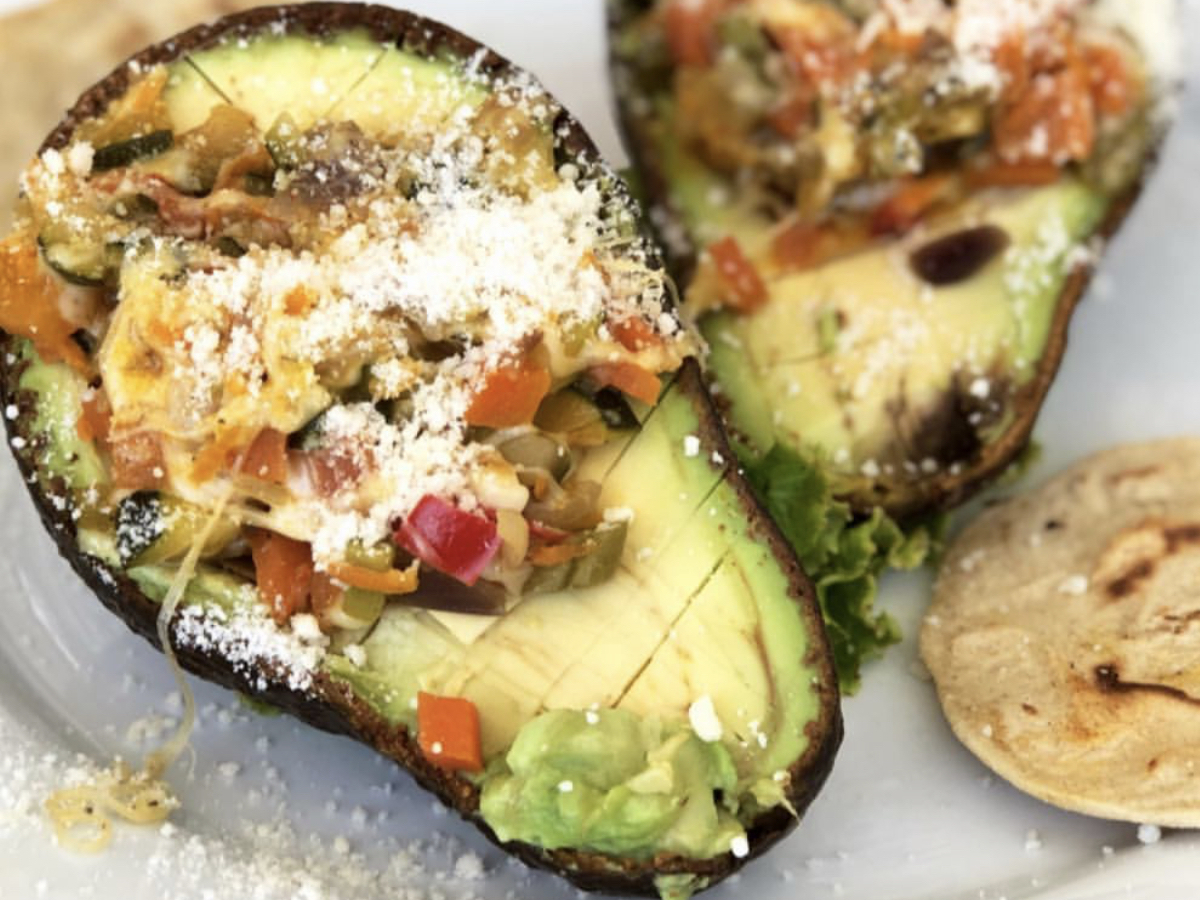
Food is important.
On a yoga retreat, food might be the second most important factor for people’s happiness, right after the leader/studio/community, and right before the accommodations.
Food is a challenge.
Feeding groups of people is never easy, but the yoga retreat crowd tends to be particularly conscious of what they put in their bodies.
Food is amazing.
Done right, the menu served during a yoga retreat can inspire change in someone’s diet and life.
Know your menus.
Yes, it’s a lot of work.
It starts with carefully gathering every attendee’s various dietary preferences and restrictions. It’s important to follow up if you don’t understand a particular preference. It’s equally as important to know when you can’t accommodate and ensure the safety and comfort of a potential yoga retreat attendee. It’s better to be honest about the capabilities of your kitchen partners than to have a sick participant.
The work has just begun.
Now that you clearly understand the needs of your specific retreat group, it’s time to craft menus in collaboration with your kitchen partners. Request menus. Speak with/Meet with chefs. Suggest changes. Be diligent, and mind your budget.
Consider the itinerary.
Review your itinerary, and ask yourself if the menu makes sense for that specific time and day. Perhaps jet lag will be smothering appetites. A pasta served after a hiking excursion is better received than after a lazy beach day. Maintain variety from meal to meal, especially with proteins and starches… too much chicken and rice is too much chicken and rice.
Communicate with the kitchen.
Work collaboratively on the menus, and communicate clearly what you expect. Remember, not all people understand the dietary preferences that your yoga retreat group will demand. Ask detailed questions about the content of a soup broth. Butter and eggs, in baked good or elsewhere, don’t work for vegans. Fish is not vegetarian. Communicate the plan with the kitchen, and ensure both sides understand clearly.
Time to monitor.
When working with a new kitchen, review the menus with the kitchen for lunch and dinner after breakfast. Create labels with dietary notes for buffet meals. Advocate for your dietary restricted sect, and encourage them to advocate for themselves.
Make changes, but not too many.
You’ll uncover something you missed: a hidden allergy to scallops, a misunderstood meaning of vegan, a passive aversion to red meat. Work with the kitchen to make changes, but make a few as possible. Your plan is already laid out, and the kitchen is swamped. Encourage people to try something new rather than bother the kitchen with too many one-off requests. Set expectations that dietary preferences cannot change mid-stream. If someone selected to be vegan for the trip, encourage them to stick with it rather than requesting an extra plate of fish that happens to smell good.
I could go on and on about food, and in other posts I probably will. Comment here your food stories, good & bad; or leave me a question about a challenge you’re facing with food on a yoga retreat.



